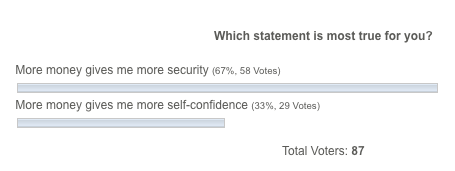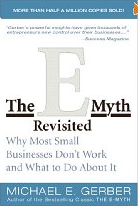Last week, I posted the second installment on my series about real-estate development under the ‘teaser’ headline: how much money can you make developing real-estate?
But, of course, I didn’t actually answer the question!
And, that’s simply because I don’t know …
… it depends on the project, and what you are trying to achieve.
But, I DO know two things:
1. Typically, real-estate developers work on:
– a 20% to 25% profit margin on residential real-estate projects,
– a 35% profit margin on commercial real-estate developments,
– upwards of 50% profit margin on land subdivisions.
2. I also know the EXPECTED profit margin on the two projects that I’m working on.
What that expected margin on my projects will translate into is anybody’s guess, because it depends on so many RISK FACTORS – which is why real-estate development is (in my opinion) a Making Money 201 income acceleration activity, not to be taken lightly.
But, I can share Tab 3 of my spreadsheet, which shows:
– That there’s about $2,000,000 (Australia … approx. $1.8 million US dollars) of land related costs: I estimated this as $1.5 mill for the actual purchase price of the property, plus $500k allowance for taxes, closing costs, and the necessary project permits. Obviously, I will put in better estimates for some of these costs, as they come to hand.
– I’ve assumed that the bank will lend me 60% of the total project development cost of $17.9 mill. (which includes, the land component, all the costs of consultants, permits, etc., and the building costs). I’ve since spoken to the bank and they will lend closer to 80% of the total build costs, PROVIDED that I sell enough condo’s ‘off the plan’ to cover their total debt.
– Based upon the 60% that I have used in the spreadsheet, I will either need to come up with $7,160 million of my own money (i.e. the $2 mill. that I will have already spent on the land and permits, etc. PLUS the $5.160 million ‘shortfall’ in bank funding) OR find a mezzanine lender who will lend me some of this (at inflated interest rates, naturally) OR find one or more equity partners, who will put up some of the $7+ mill. shortfall in return for a good chunk of the project profits.
– In this case, I’ve assumed that we sell the condo’s in year 3 (more likely – hopefully – to be a 2 year project) and pay back the bank and this spreadsheet assumes 10% interest rate (although, that can be easily changed), leaving $10.6 million to pay back my and/or the investors’ equity and (hopefully) leave some real profits.
– I’ve assumed that we’ve had to pay some interest at ‘preferred rates’ (read: higher interest rates) on my (and the investors’) equity, which leaves a ‘real profit’ of $892k … but, don’t forget that the preferred interest is also part of our (i.e. the investors’) profits … so, they need to be added together.
– Now, I have a management partner who is a builder (but, won’t be physically building this one), who is providing time and expertise in return for 30% of the profits of the venture. He has a sweet deal: not risk (he provides NO funding and only his payment is ‘at risk’) and 30% of the upside. In my next life, I want to come back as him 😉
– According to this spreadsheet, I make 32% on my money. Not a shabby return, and pretty much in line with the estimates that I provided above.
The good news is that the project has actually become much more profitable than the early version that I am providing here, but since it’s merely an estimate – as all budgets are – I’m not holding my breath 🙂
I should point out that one of my readers has kindly provided a more sophisticated analysis of the returns that you may wish to substitute in your version of the spreadsheet, if you are going to use it; Jonathan says:
On tab “Proforma”, shouldn’t the annual return equation in cell E34 be something like =(1+E31/E5)^(1/3)-1
It looks like you have =(+E31/E5)^1/3
This drops the return from 32% down to 25%, but I do believe 25% on 2mil over three years comes to 3.9mill (2mill + 1.9mill)
Thanks, Jonathan! This tab of the spreadsheet was actually created by a consultant friend of mine who specializes in this type of thing, so I didn’t really look that closely; still, I will be keen to hear what other readers think?




 Real-estate development is a risky BUSINESS, but it can be very lucrative and – provided the market doesn’t turn on you, hence the risk – you can predetermine HOW MUCH money you are likely to make and WHEN you can expect to have it sitting in the bank. All in all, not a bad MM201 activity … one that scales from small projects to large ones.
Real-estate development is a risky BUSINESS, but it can be very lucrative and – provided the market doesn’t turn on you, hence the risk – you can predetermine HOW MUCH money you are likely to make and WHEN you can expect to have it sitting in the bank. All in all, not a bad MM201 activity … one that scales from small projects to large ones. These exist all over the world …
These exist all over the world …